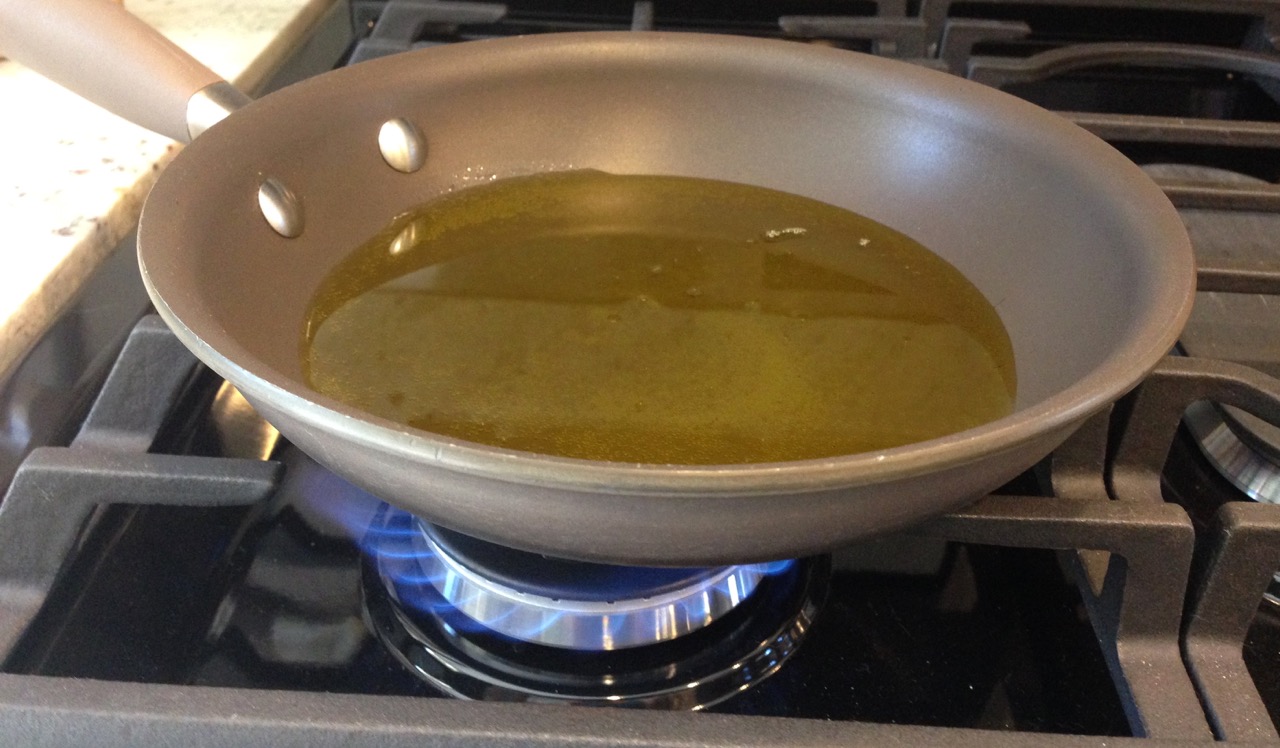

Articles
How To Heat Oil To 350°F On A Stove Top
Modified: December 7, 2023
Learn the best techniques and tips to get your oil up to 350 degrees on a stove top, with our informative articles.
(Many of the links in this article redirect to a specific reviewed product. Your purchase of these products through affiliate links helps to generate commission for Storables.com, at no extra cost. Learn more)
Introduction
Welcome to our guide on how to get oil to 350 degrees on a stove top! Whether you’re an aspiring chef or simply love to cook, achieving the perfect temperature for frying, sautéing, or deep frying is essential for creating delicious and crispy dishes. While many recipes call for oil to be heated to 350 degrees Fahrenheit, it can be challenging to achieve and maintain this temperature on a stove top.
In this article, we will walk you through the process of getting your oil to the ideal temperature of 350 degrees Fahrenheit on a stove top. We’ll cover everything from choosing the right oil to understanding the different methods of heating and monitoring the temperature. So, let’s dive in and learn how to get that perfect sizzle in your cooking!
Key Takeaways:
- Choose high smoke point oils like avocado or peanut oil for stove top cooking at 350 degrees. Avoid overcrowding the pan and use a thermometer to maintain the ideal temperature for crispy and delicious results.
- Preparing the stove top, monitoring the temperature, and maintaining consistency are key to achieving perfect 350-degree cooking. Use a splatter screen and adjust heat as needed for optimal results.
Choosing the Right Oil
When it comes to heating oil on a stove top, it’s important to choose the right type of oil that can withstand high temperatures without breaking down or smoking excessively. Here are a few oils that are commonly used for cooking at high temperatures:
- Canola Oil: Canola oil is a popular choice for frying due to its high smoke point and neutral flavor. It can reach temperatures of up to 400 degrees Fahrenheit before reaching its smoke point.
- Peanut Oil: Peanut oil is another excellent oil for high-temperature cooking. It has a high smoke point of around 450 degrees Fahrenheit, making it suitable for deep frying and stir-frying.
- Vegetable Oil: Vegetable oil is a widely available option that works well for frying and sautéing. It has a smoke point of around 400 degrees Fahrenheit.
- Grapeseed Oil: Grapeseed oil has a high smoke point of approximately 420 degrees Fahrenheit, making it a great choice for frying and searing.
- Avocado Oil: Avocado oil has a smoke point of around 520 degrees Fahrenheit, making it one of the best oils for high-temperature cooking methods such as deep frying.
It’s important to note that extra virgin olive oil, while great for low to medium heat cooking, has a relatively low smoke point and is not well-suited for high-temperature frying. It’s best to reserve it for dressings, drizzling, and sautéing on lower heat settings.
Keep in mind that oil quality varies, so always choose high-quality oil to ensure optimal cooking results. Additionally, make sure to check the labels and instructions on the oil packaging for specific temperature guidelines.
Preparing the Stove Top
Before you begin heating the oil, it’s important to properly prepare your stove top to ensure efficient and safe cooking. Here are a few steps to follow:
- Clean the Stove Top: Start by cleaning the stove top to remove any grease or residue from previous cooking. A clean surface will help prevent any potential flare-ups or unwanted odors.
- Use a Flat-Bottomed Pan: When heating oil on a stove top, it’s best to use a flat-bottomed pan or pot that sits evenly on the burner. This helps distribute the heat more evenly and prevents hot spots.
- Choose the Right Size Pan: Select a pan or pot that is appropriate for the amount of oil you’ll be using. It should have enough space to accommodate the oil and the food without overflowing.
- Clear the Surrounding Area: Make sure there are no flammable objects or materials near the stove top. This includes oven mitts, kitchen towels, hanging curtains, or any other items that could pose a fire hazard.
Taking these precautions will help minimize the risk of accidents and ensure a safe cooking environment. It’s also important to have a kitchen fire extinguisher nearby, just in case of any emergencies.
Now that your stove top is prepared, it’s time to move on to the next steps in heating the oil to 350 degrees Fahrenheit.
Heating the Oil
Now that you have chosen the right oil and prepared your stove top, it’s time to start heating the oil. Here are the steps to follow:
- Add the Oil to the Pan: Pour the desired amount of oil into the pan or pot you have selected. It’s important not to overcrowd the pan to allow for even heating.
- Turn on the Stove Burner: Place the pan with the oil on the stove burner and turn it on to medium heat. Let the oil heat gradually.
- Use a Thermometer: To accurately monitor the oil temperature, use a kitchen thermometer designed for high-temperature cooking. Insert the thermometer into the oil, making sure it is immersed but not touching the bottom of the pan.
- Monitor the Temperature: As the oil heats up, keep a close eye on the thermometer. You want to gradually increase the temperature until it reaches 350 degrees Fahrenheit. Avoid rushing the process by turning the heat up too high, as this can lead to uneven heating and potential oil splatters.
Heating the oil may take some time, depending on the amount of oil and the heat output of your stove top burner. It’s important to be patient and not leave the oil unattended during this process. Remember, safety is key.
Once the oil reaches 350 degrees Fahrenheit, it’s time to start cooking! However, it’s important to maintain the temperature throughout the cooking process to ensure optimal results.
Use a heavy-bottomed pot to heat the oil slowly over medium heat. Use a thermometer to monitor the temperature and adjust the heat as needed to reach 350°F. Avoid overcrowding the pot to maintain the temperature.
Monitoring the Temperature
Maintaining the oil at a consistent temperature is crucial for successful cooking. Here are some tips on how to monitor and control the oil temperature:
- Use a Thermometer: Continue to use a kitchen thermometer to monitor the oil temperature. Keep the thermometer in the oil while cooking to ensure it stays within the desired range.
- Adjust the Heat: Pay attention to the burner heat and adjust as needed. If the temperature drops below 350 degrees Fahrenheit, increase the heat slightly. If it rises above 350 degrees Fahrenheit, reduce the heat to maintain the temperature.
- Keep an Eye on Fluctuations: It’s normal for the oil temperature to fluctuate slightly while cooking. However, if you notice sudden drops or spikes, adjust the heat accordingly to maintain a consistent temperature.
- Be Mindful of Food Adding: When adding food to the hot oil, it may cause a temporary drop in the temperature. Be prepared to adjust the heat and give the oil a moment to recover its temperature before continuing cooking.
- Use a Deep-Fry Thermometer: For deep frying, you can use a deep-fry thermometer that clips to the side of the pot, allowing you to easily monitor the temperature without having to insert the thermometer directly into the oil.
By consistently monitoring and adjusting the oil temperature, you can ensure that your dishes are cooked evenly and achieve the desired results. Remember to exercise caution and use appropriate tools when handling hot oil to avoid accidents or burns.
Now that you know how to monitor the temperature, let’s explore how to reach and maintain the desired 350 degrees Fahrenheit.
Reaching 350 Degrees Fahrenheit
Reaching and maintaining a temperature of 350 degrees Fahrenheit can be achieved by following these steps:
- Gradually Increase the Heat: Start by heating the oil on medium heat. Once the temperature reaches around 250-275 degrees Fahrenheit, you can slightly increase the heat to expedite the heating process.
- Be Patient: It’s important to be patient and allow the oil to gradually reach the desired temperature. Rushing the process by turning the heat too high can result in uneven heating and potentially dangerous oil splatters.
- Monitor the Thermometer: Keep a close eye on the thermometer as the oil temperature rises. When it reaches around 300 degrees Fahrenheit, reduce the heat slightly to maintain a steady increase towards 350 degrees Fahrenheit.
- Stabilize the Temperature: Once the oil reaches 350 degrees Fahrenheit, adjust the heat as necessary to stabilize the temperature. Make slight adjustments to keep the temperature within a range of 345-355 degrees Fahrenheit.
Reaching and maintaining the perfect temperature is crucial for achieving crispy and evenly cooked results in your dishes. This temperature allows for proper browning and flavor development without burning the food or compromising its texture.
It’s also important to note that different stoves and pans may vary in their heating capabilities. It may take some practice and experimentation to find the right settings for your specific setup. Be attentive and adjust the heat accordingly to ensure the desired temperature is maintained throughout the cooking process.
Now that you’ve achieved the ideal cooking temperature, let’s explore some tips for maintaining it throughout your cooking process.
Tips for Maintaining Temperature
Maintaining a consistent temperature of 350 degrees Fahrenheit is crucial to ensure the success of your cooking. Here are some tips to help you keep the temperature steady:
- Avoid Overcrowding: Overcrowding the pan with too much food can cause the temperature of the oil to drop significantly. Cook in smaller batches to maintain the heat and ensure even cooking.
- Preheat the Food: Preheating the food before adding it to the hot oil can help minimize the temperature drop. Allow the food to come to room temperature or pat it dry to remove excess moisture before cooking.
- Adjust Heat as Needed: As you cook, monitor the temperature and make adjustments to the heat as needed. If the temperature drops below 350 degrees Fahrenheit, increase the heat slightly. If it rises above 350 degrees Fahrenheit, reduce the heat to maintain the desired temperature.
- Use a Splatter Screen: A splatter screen can help control the temperature by reducing heat loss caused by oil splattering. It also helps to minimize mess and potential burns.
- Don’t Cover the Pan: Avoid covering the pan while cooking at high temperatures. This can trap moisture and cause the temperature to drop. It’s best to cook with the pan uncovered to maintain the desired temperature.
By following these tips, you can maintain a consistent temperature of 350 degrees Fahrenheit and achieve perfectly cooked dishes with crispy exteriors and tender interiors.
Now that you have learned how to maintain the temperature, it’s time to put your knowledge into practice and cook up some delicious recipes with confidence!
Conclusion
Congratulations! You have now learned how to get oil to 350 degrees on a stove top. By choosing the right oil, properly preparing the stove top, and following the steps to heat and monitor the temperature, you can achieve optimal results in your cooking.
Maintaining a temperature of 350 degrees Fahrenheit is crucial for achieving crispy and evenly cooked dishes. By using the right techniques and paying attention to the heat adjustments, you can create culinary delights that will impress your family and friends.
Remember to prioritize safety when working with hot oil. Always use caution and have appropriate tools and equipment on hand. Keep an eye on the temperature and make necessary adjustments to maintain consistency.
Now that you are equipped with the knowledge and skills to heat oil to 350 degrees on a stove top, it’s time to experiment with various recipes and explore the delicious possibilities. From crispy fried chicken to perfectly seared vegetables, you can now confidently take on any recipe that requires a higher cooking temperature.
So, get ready to make your kitchen sizzle and enjoy the incredible flavors and textures that result from cooking at the optimum temperature. Happy cooking!
Frequently Asked Questions about How To Heat Oil To 350°F On A Stove Top
Was this page helpful?
At Storables.com, we guarantee accurate and reliable information. Our content, validated by Expert Board Contributors, is crafted following stringent Editorial Policies. We're committed to providing you with well-researched, expert-backed insights for all your informational needs.
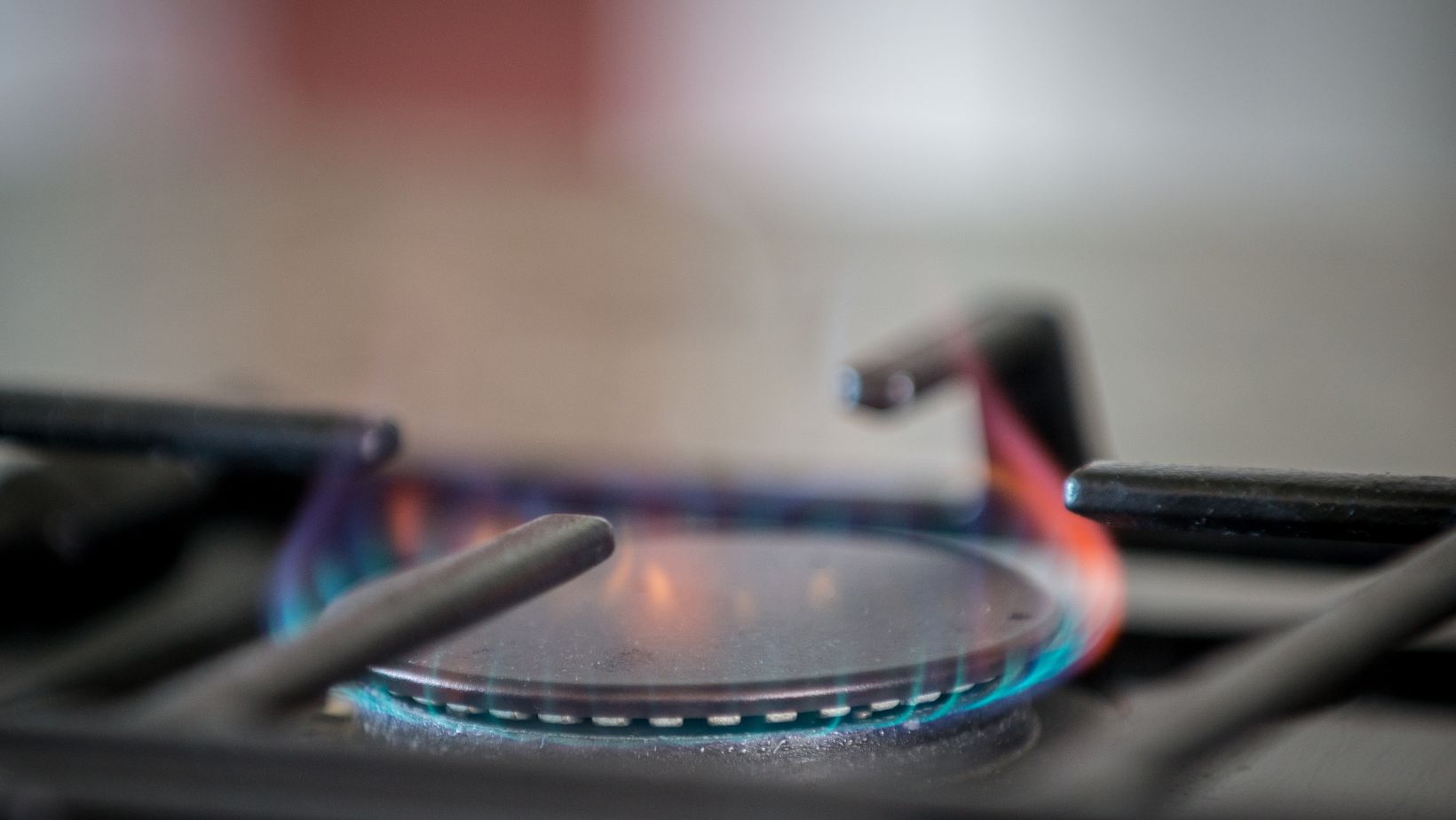
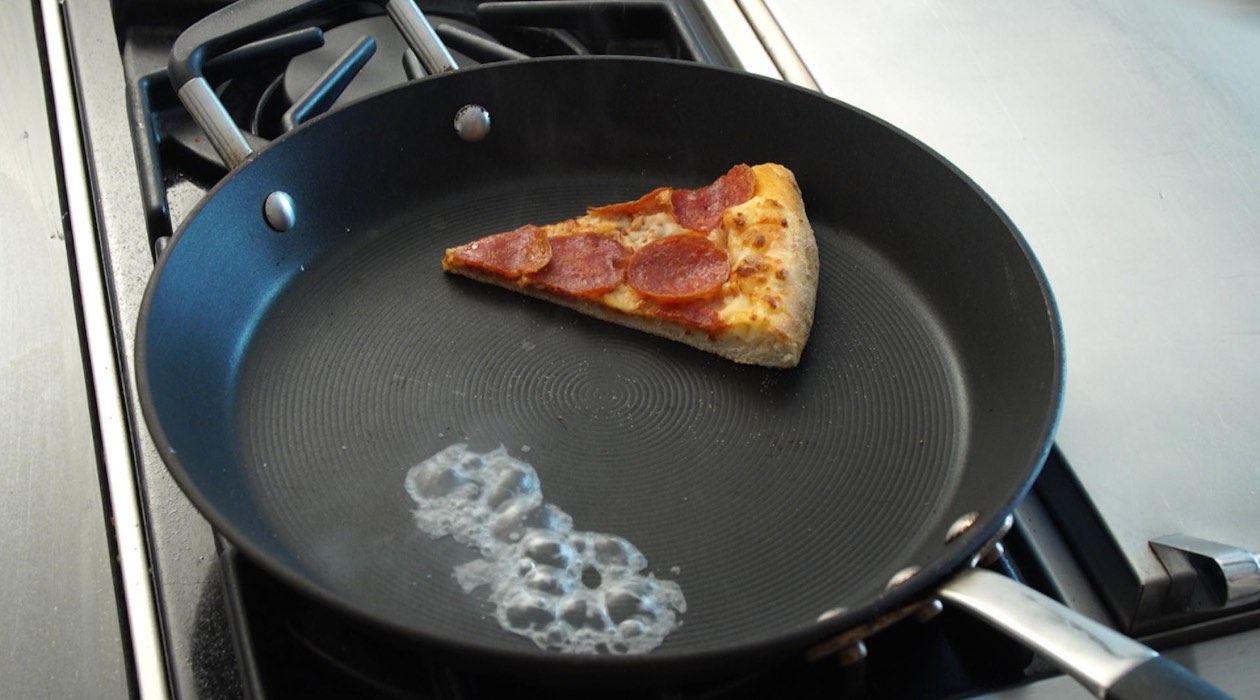
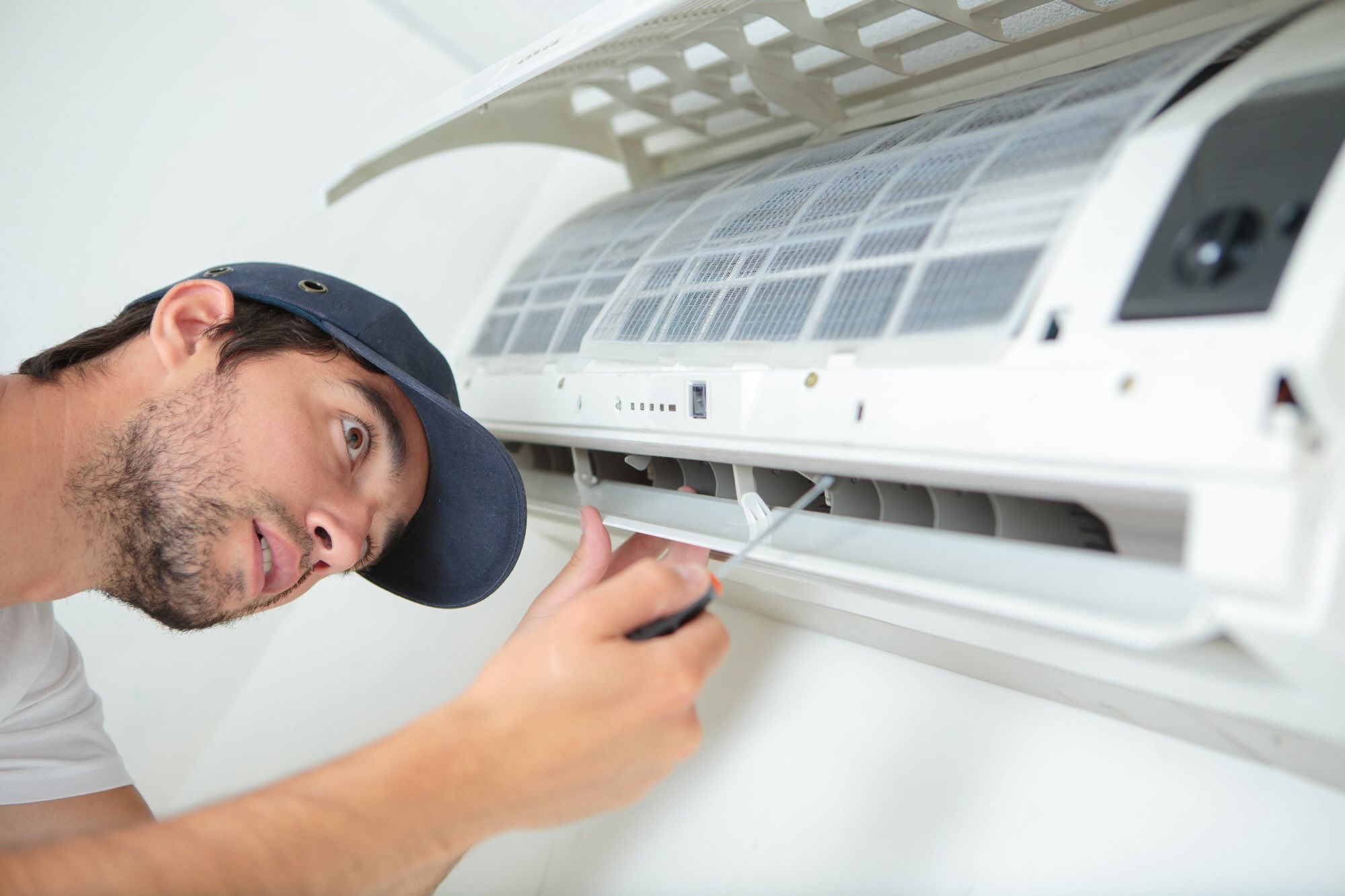
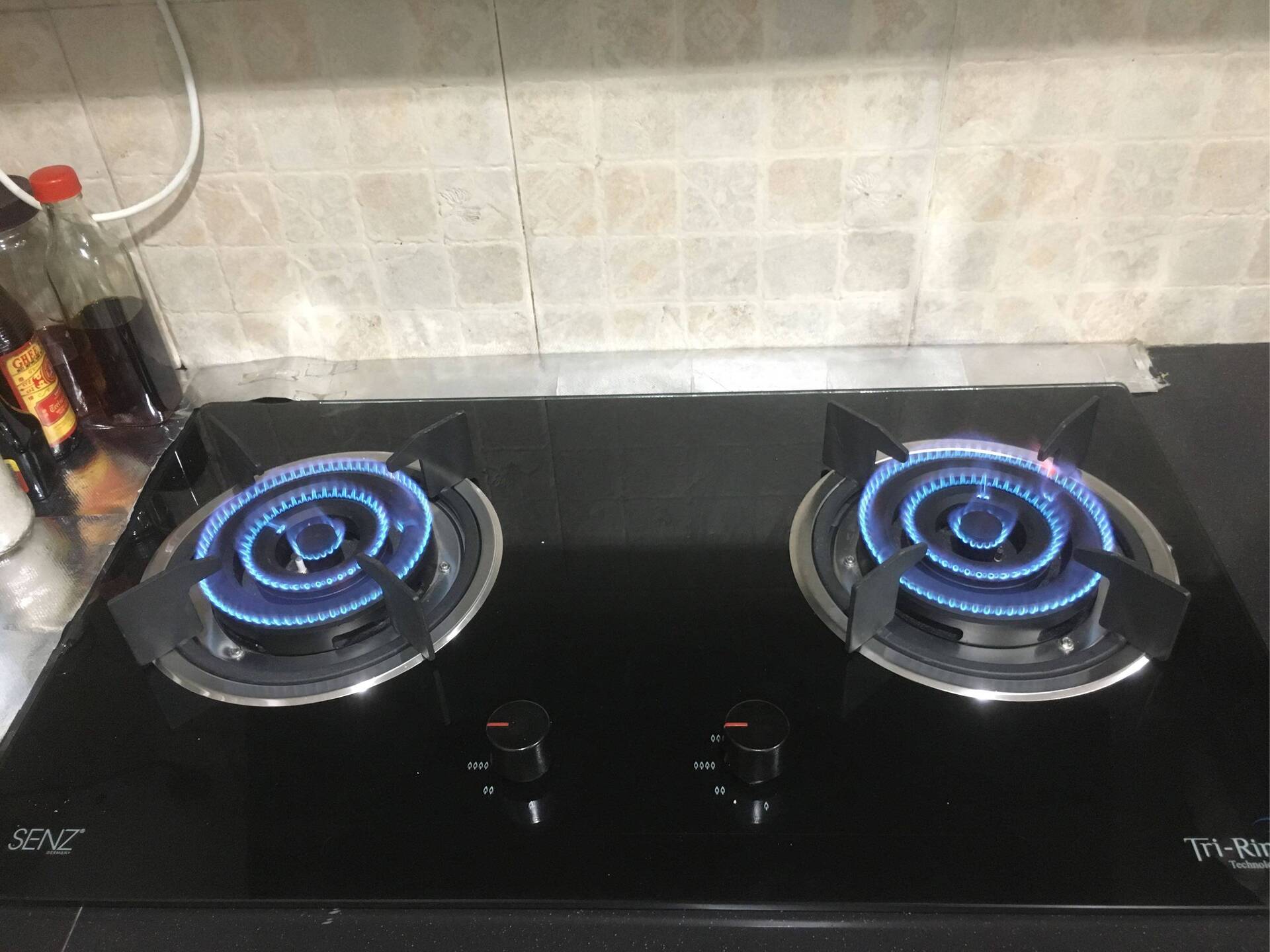

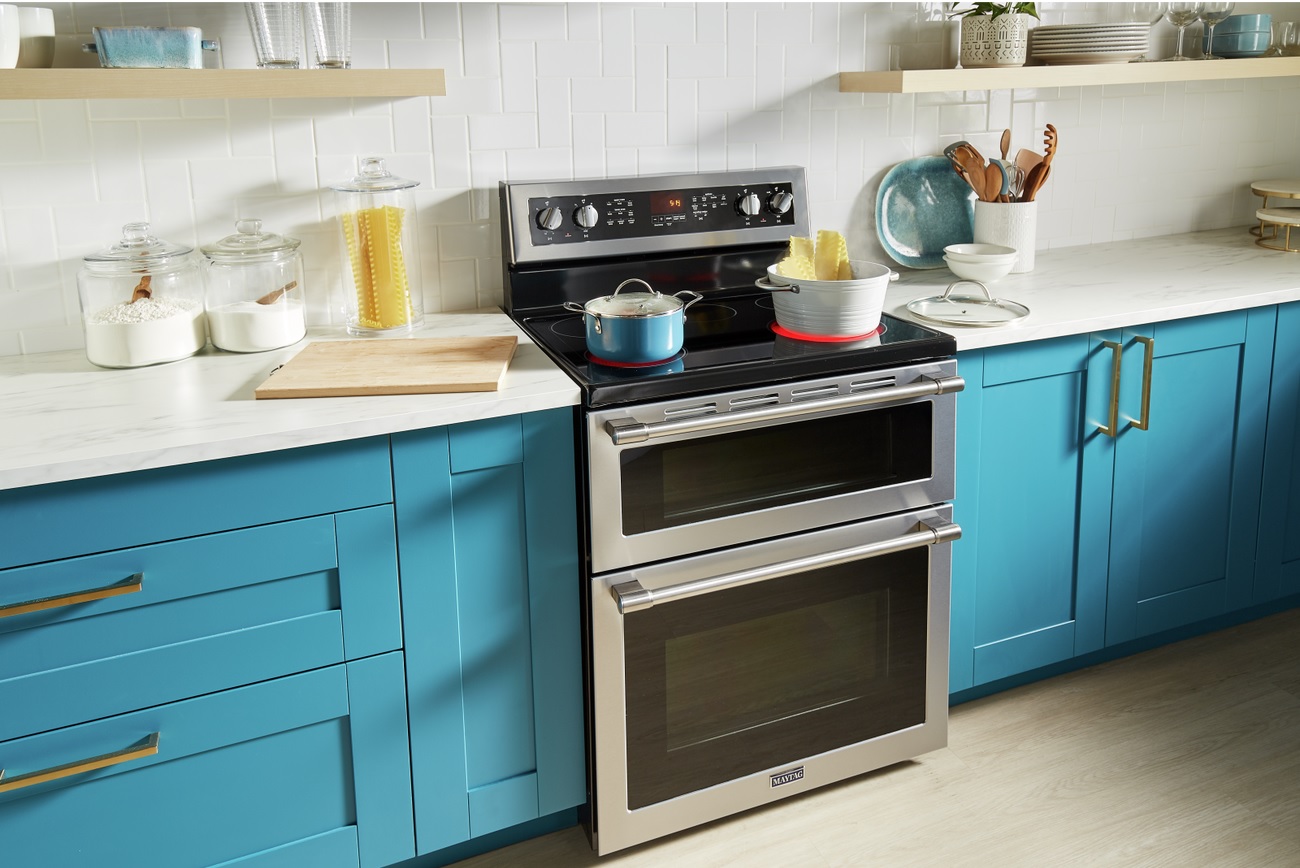
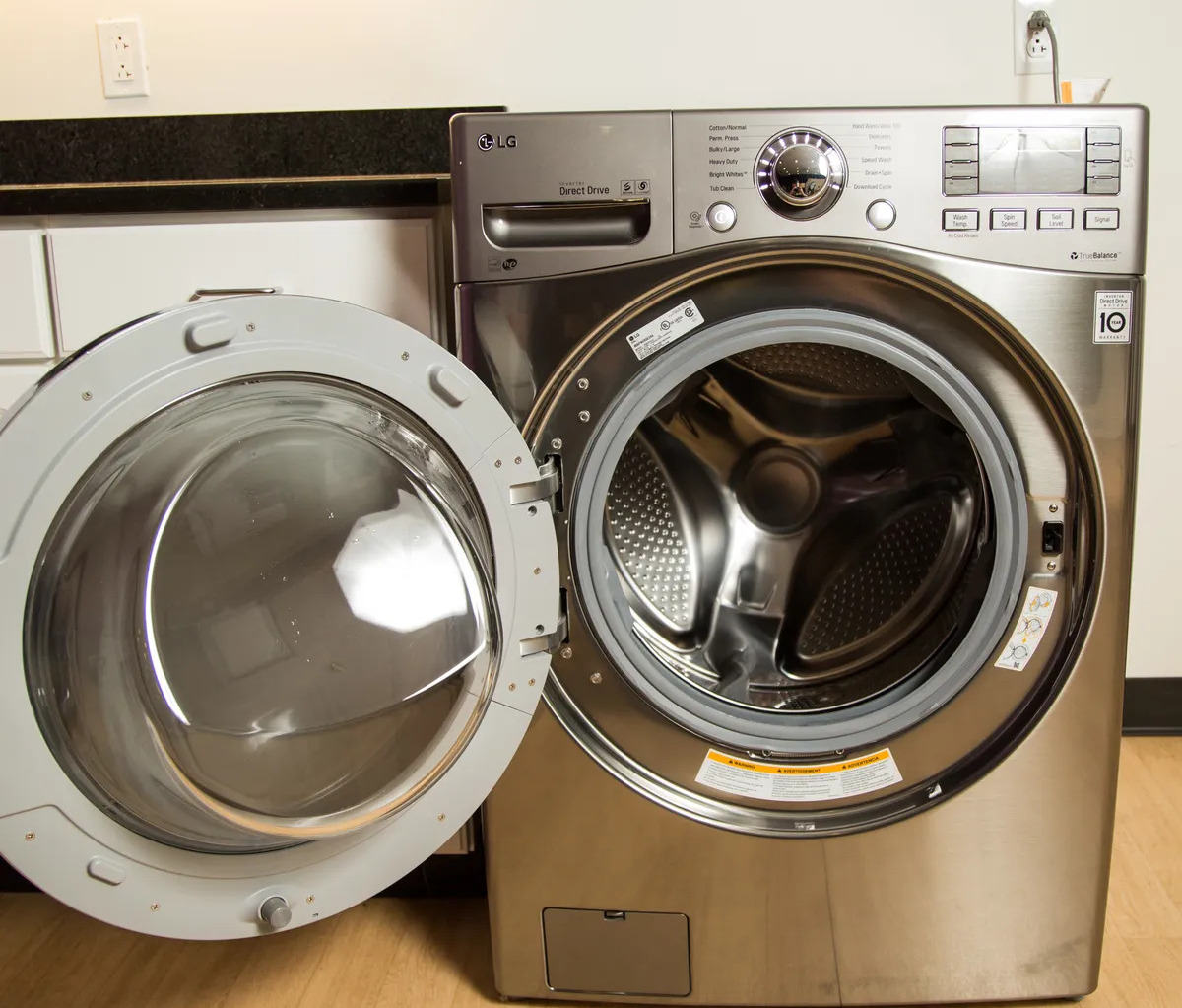
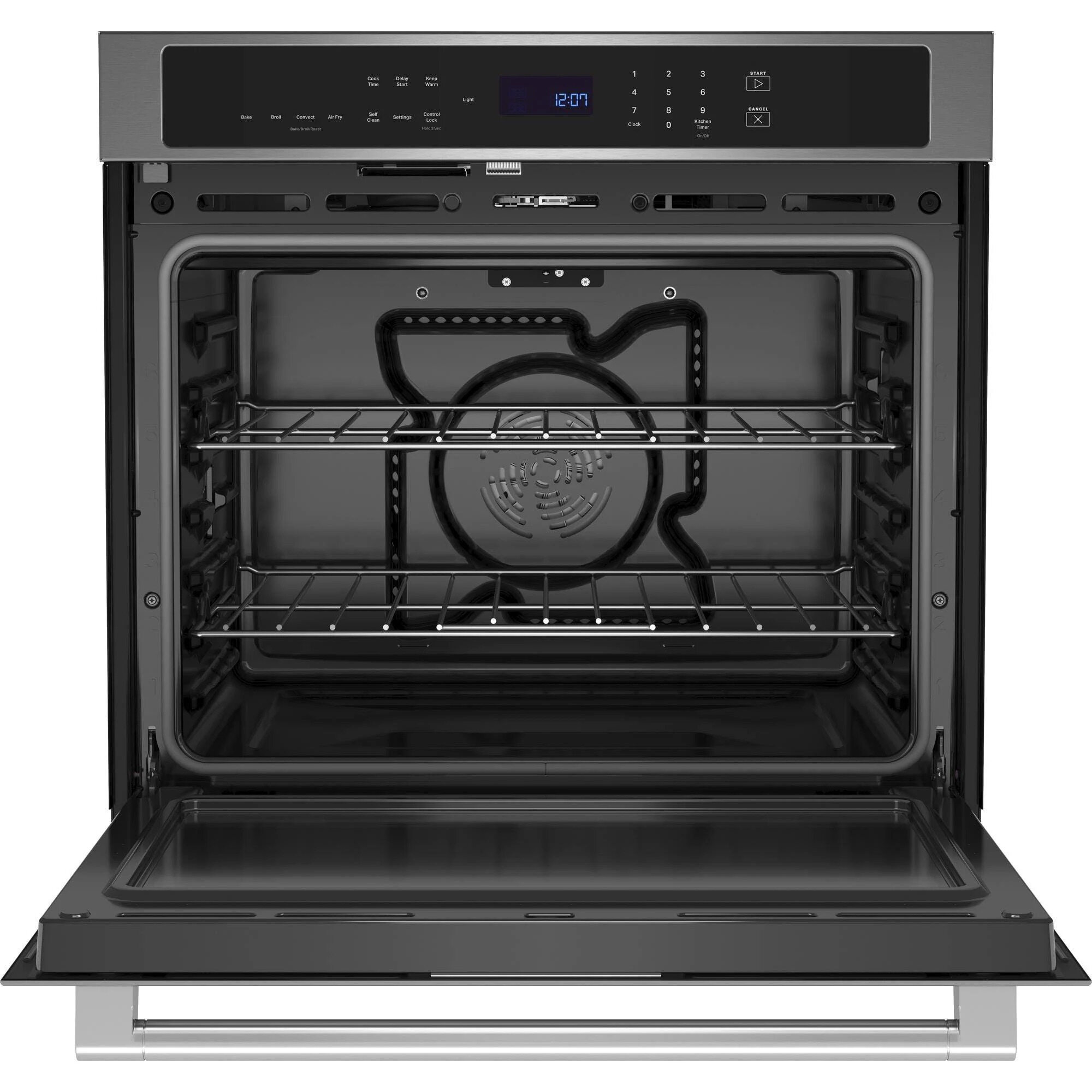
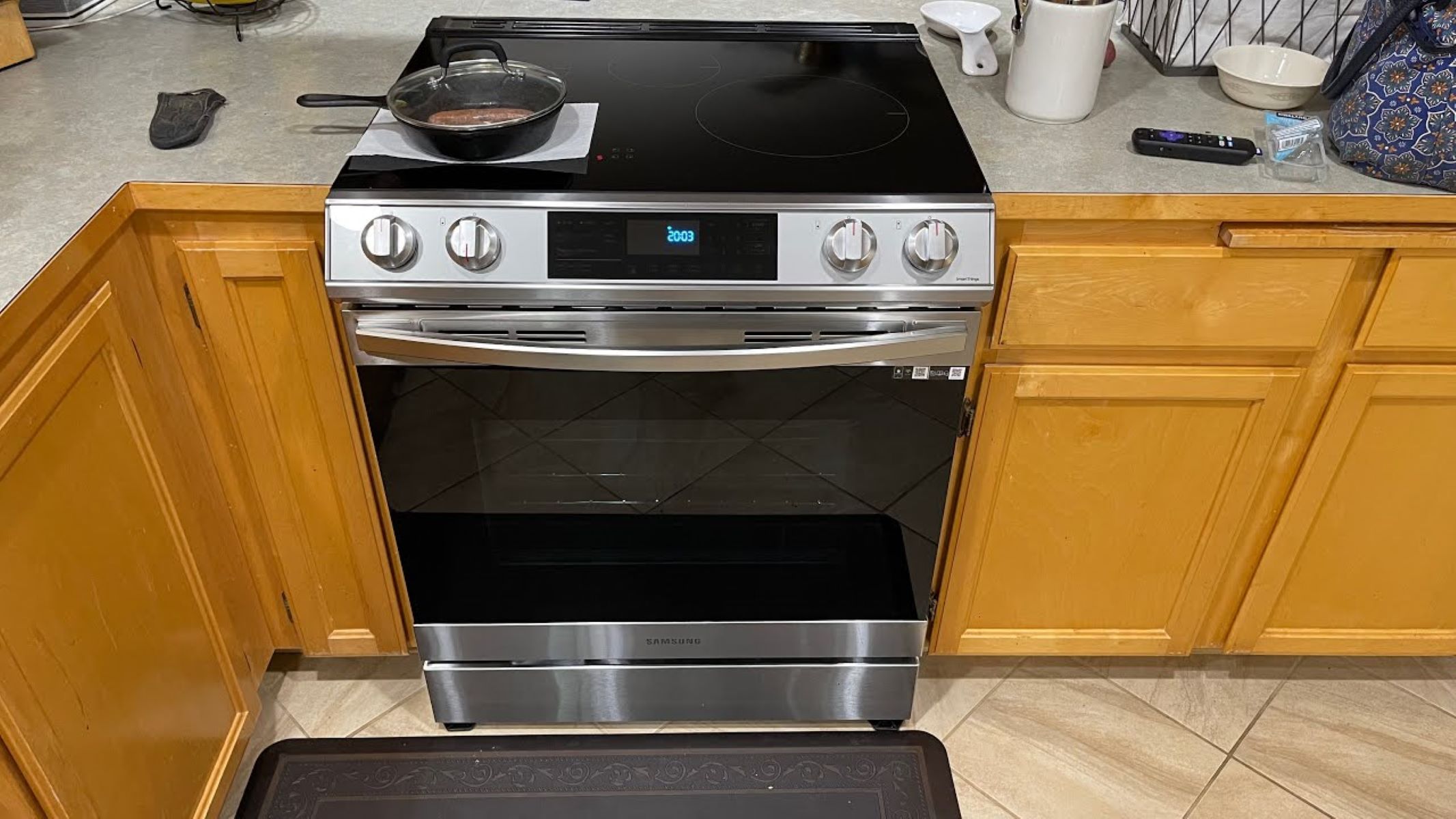
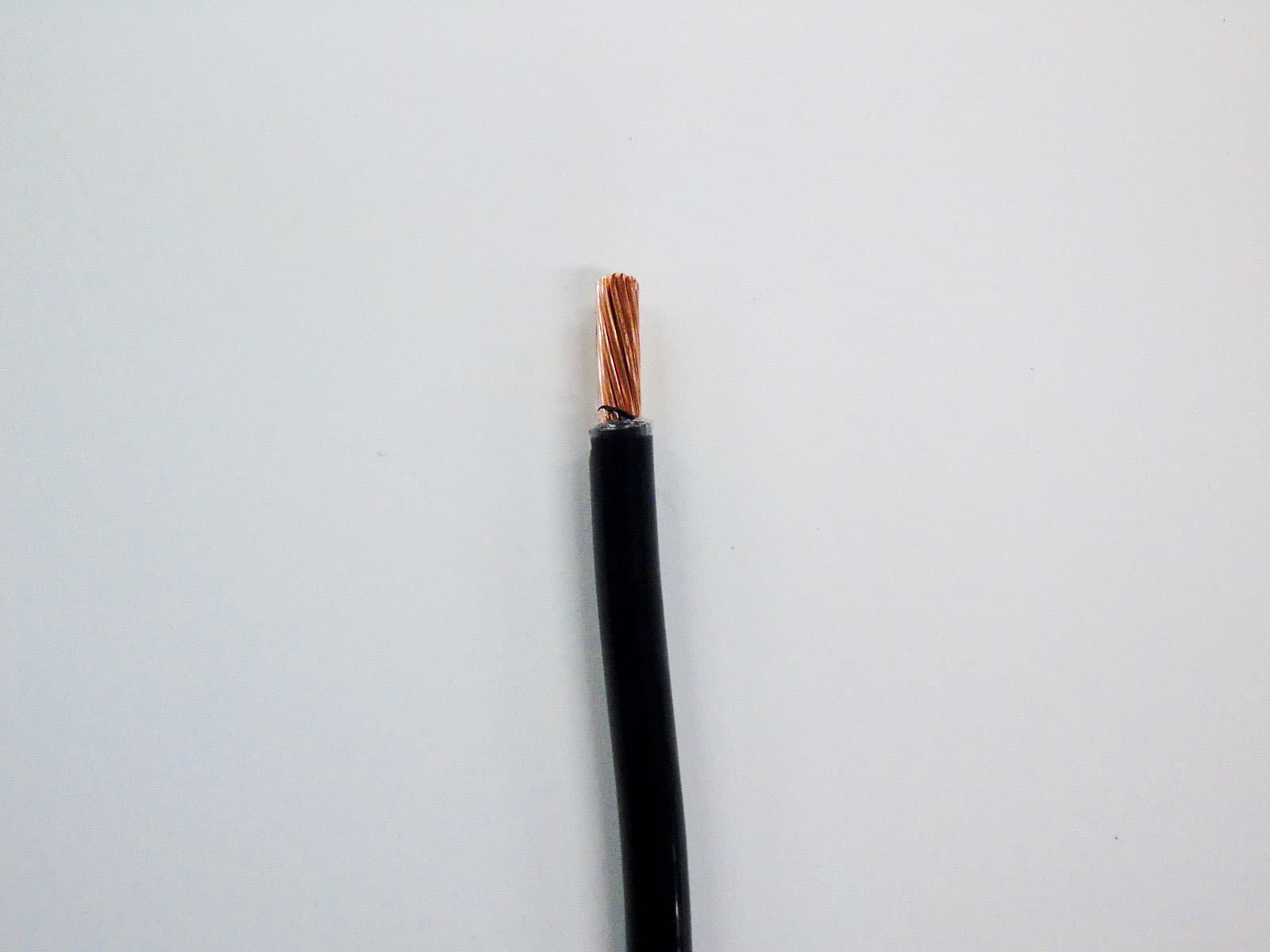
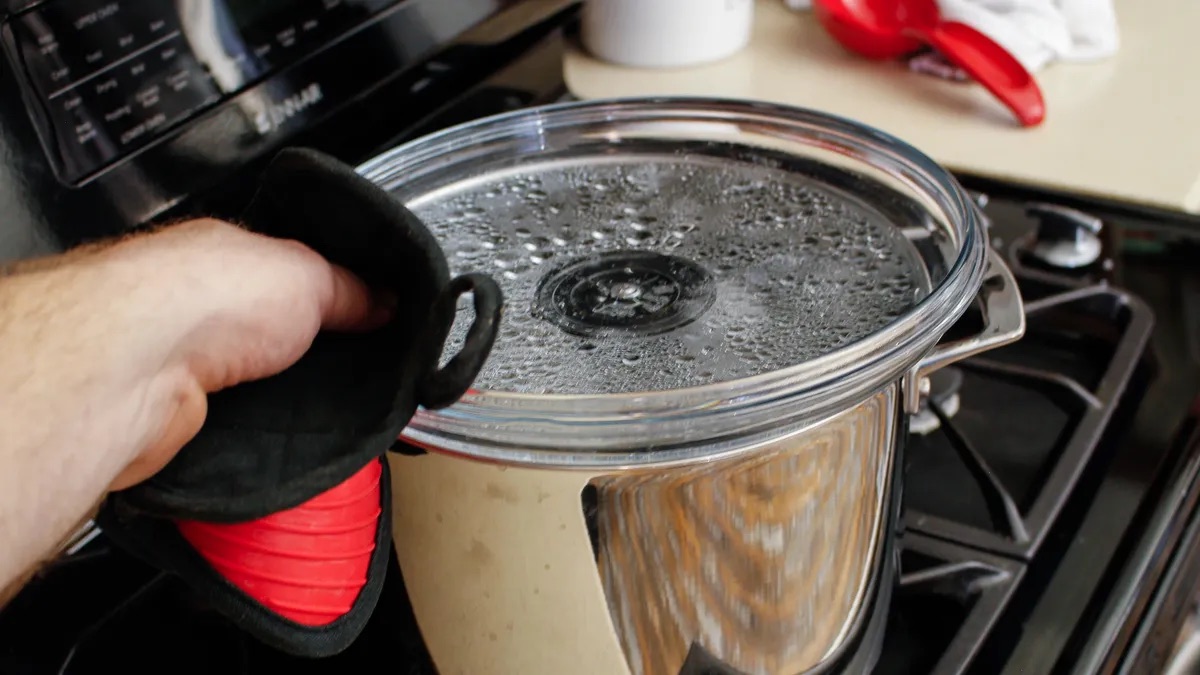
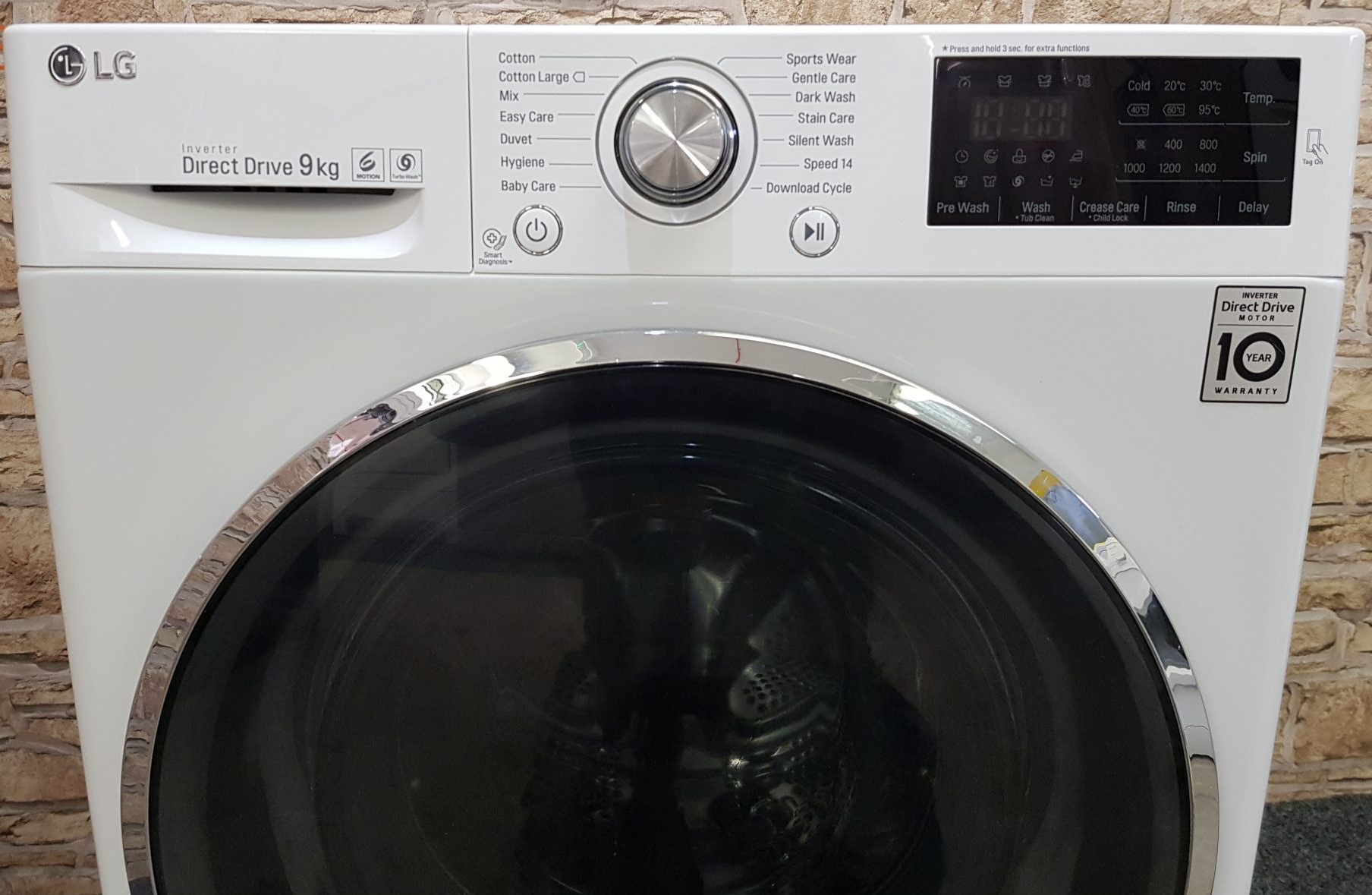
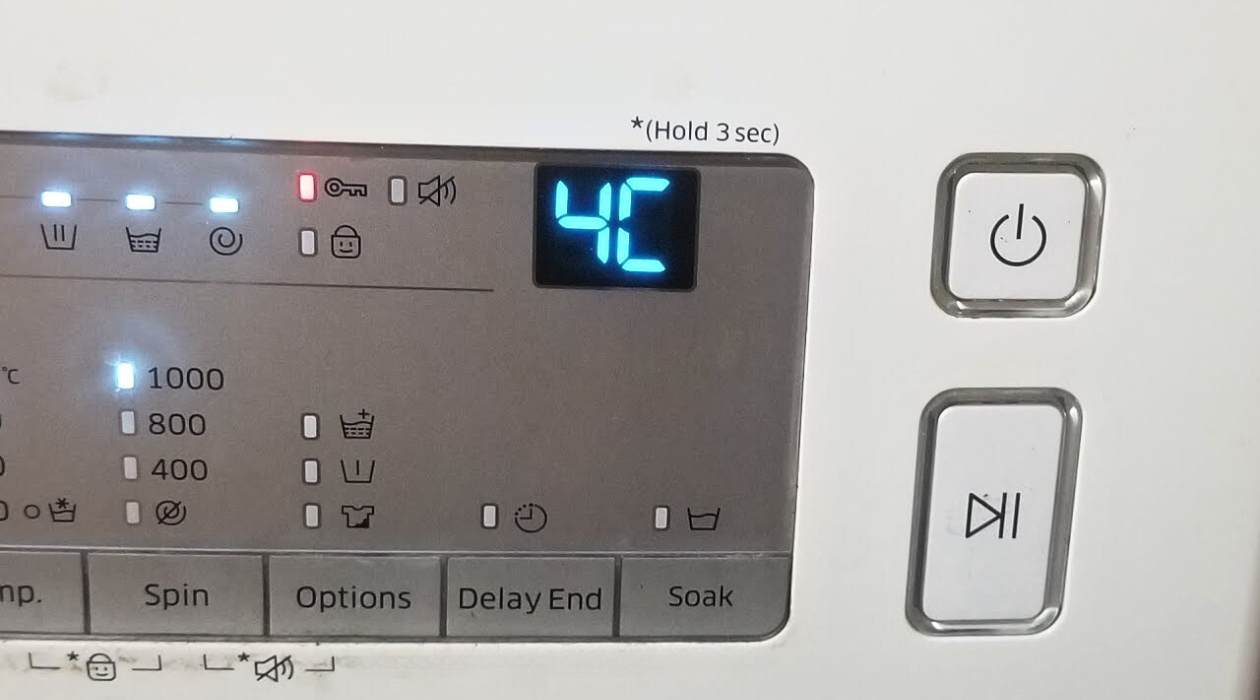
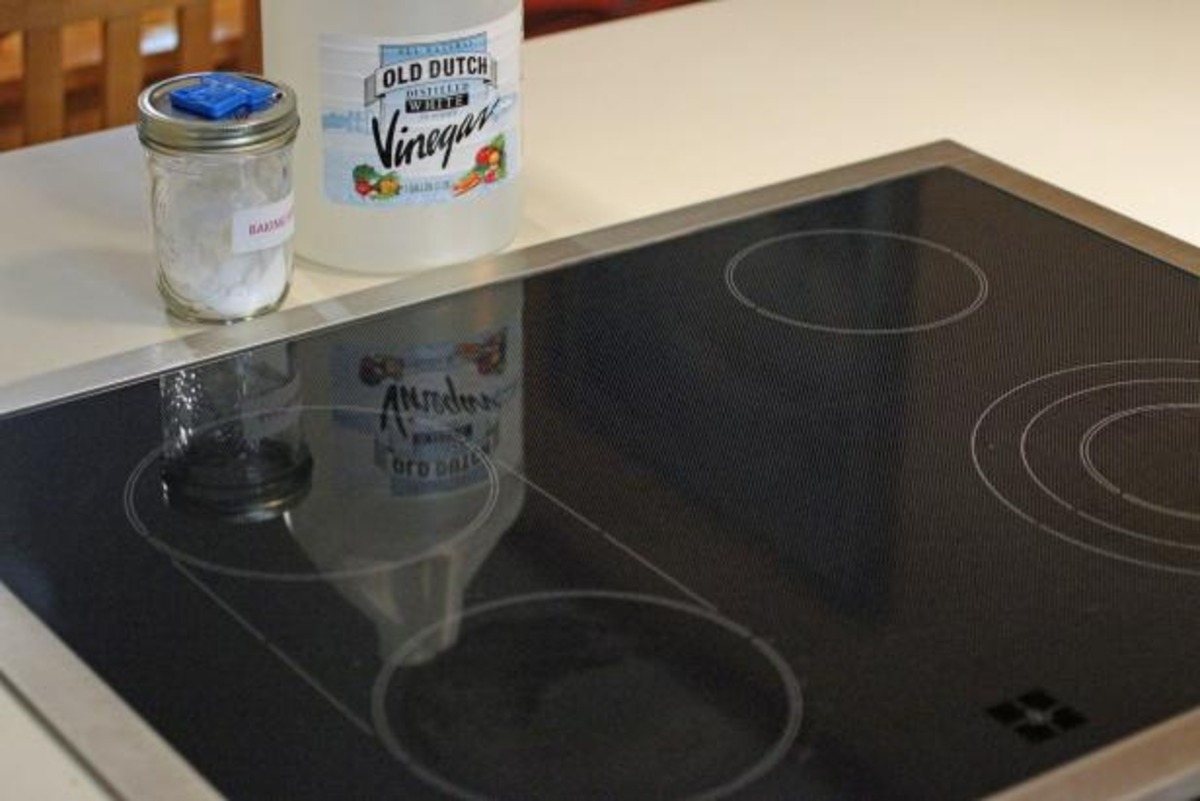

0 thoughts on “How To Heat Oil To 350°F On A Stove Top”